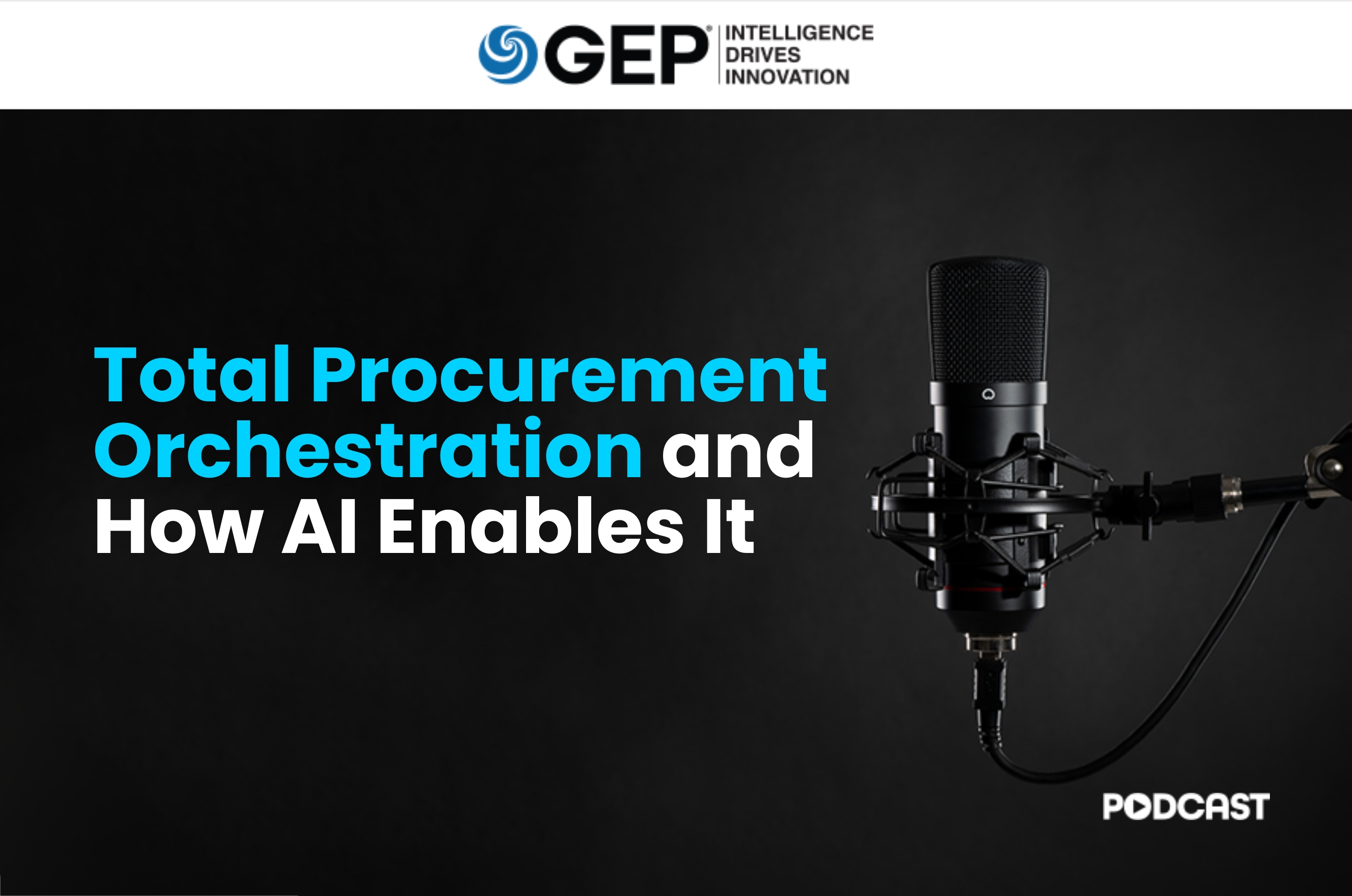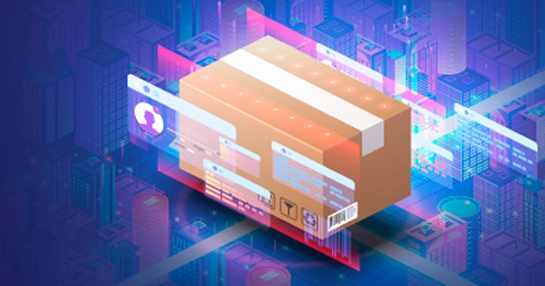-
GEP Software
-
- Procurement Software
- Direct Procurement Software
- Indirect Procurement Software
- Unified Source-to-Pay
- Source-To-Contract Software
- Procure-to-Pay
- Midsize & High Growth Enterprises
- Key Capabilities
- Spend Analysis
- Sourcing
- Contract Lifecycle Management
- Supplier Lifecycle Management
- Third-Party Risk Management
- Purchasing
- Payments
- Data Analytics and Reporting
- Do more with GEP SMART
- Intake Management & Orchestration
- Intelligent Category Management
- Tail Spend Management
- Cost Data & Analytics (GEP COSTDRIVERS)
- AI-First Supply Chain Management
- Supply Chain Visibility and Execution
- Logistics Visibility
- Inventory and Warehouse Management
- GEP Multienterprise Collaboration Network
- Supply Chain Control Tower
- Field Services
- Supply Chain Collaboration & Planning
- Supply Chain Planning
- Purchase Order Collaboration
- Forecast Collaboration
- Capacity Collaboration
- Quality Management Software
- Should-Cost Modeling
- Direct Material Sourcing
-
-
GEP Strategy
-
GEP Strategy
Unrivaled supply chain and procurement expertise + the transformative power of AI
Supply Chain Consulting
- Environmental, Social and Governance
- Sustainability Consulting Services
- Socially Responsible Sourcing
- Scope 3
- Demand and Supply Chain Planning
- Collaborative Planning
- Source To Contract
- Procure To Pay
- Inventory Strategy & Management
- Operations & Manufacturing Excellence
- GEP Total Inventory Management Solution
- Network Strategy & Optimization
- Warehousing & Transportation Management
-
-
GEP Managed Services
-
GEP Managed Services
World-class skills, experience and know-how — amplified by the power of AI
-


Intake Management and Beyond: The Value of Total Procurement Orchestration
Procurement teams are facing rising complexity — from siloed systems to inconsistent workflows and scattered data. These challenges slow down decision-making and make it difficult for organizations to move quickly. At the same time, AI advancements and new user expectations are pushing procurement leaders to rethink how work gets done.
This podcast examines how total procurement orchestration brings structure, intelligence, and efficiency to the entire source-to-pay process. You’ll hear how intuitive intake management, automated workflows, and cross-domain integration help procurement shift from transactional tasks to strategic impact.
What You’ll Hear:
- Why 90% of procurement leaders expect greater complexity ahead
- How AI-enabled orchestration unifies systems, data, and workflows
- What true end-to-end procurement orchestration looks like in practice
This is a audio recording of a recent podcast.
PODCAST SUMMARY
The conversation explores how procurement teams are navigating an environment defined by complexity, evolving responsibilities, and accelerating AI adoption. Leaders note that traditional systems and workflows are no longer adequate as teams take on broader mandates spanning sustainability, risk, and business partnership. At the same time, siloed data and fragmented processes continue to slow down daily operations.
A central focus of the discussion is the growing importance of intake management. As more sourcing and purchasing activity shifts to non-procurement users, organizations need streamlined, intuitive tools that guide users through requests without creating bottlenecks. When done well, intake management improves compliance, reduces delays, and frees procurement teams to focus on strategic work. The conversation emphasizes that this shift is essential as democratization of sourcing continues to accelerate.
The hosts then highlight how AI is reshaping procurement technology. New capabilities — from natural language interaction to reasoning engines — allow platforms to interpret user intent, connect data across systems, and automate complex tasks. GEP’s agent-based orchestration model is used as an example of how modern systems break down requests into subtasks executed by specialized agents. This approach enables organizations to move beyond basic automation and unlock more intelligent, end-to-end workflows.
They also explore how procurement orchestration operates across three layers: intake management, full S2P orchestration, and cross-domain orchestration. Each layer increases visibility, improves decision-making, and strengthens collaboration across teams. Real-world examples demonstrate the impact — organizations achieving near-real-time spend visibility, dramatic gains in sourcing automation, and significant improvements in risk monitoring.
The conversation concludes with a forward-looking perspective. Procurement is evolving into a true orchestrator of business value, driving demand planning, supplier collaboration, sustainability, and risk mitigation. Leaders who embrace total orchestration and invest in AI-driven capabilities will be better positioned to build resilient operations and deliver stronger strategic outcomes.
TO LISTEN, Please Enter your EMAIL ID
JUST A FEW MORE THINGS ABOUT YOU









